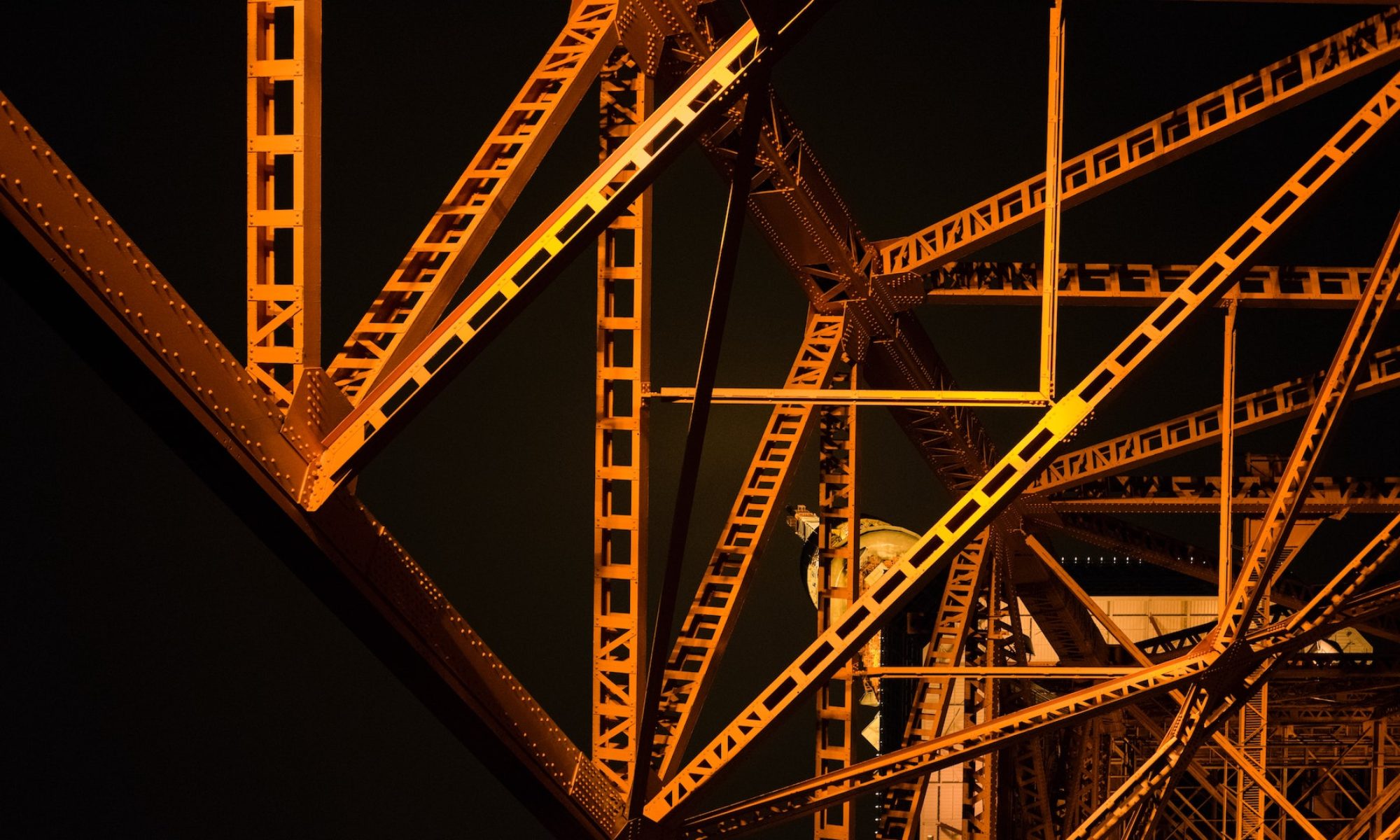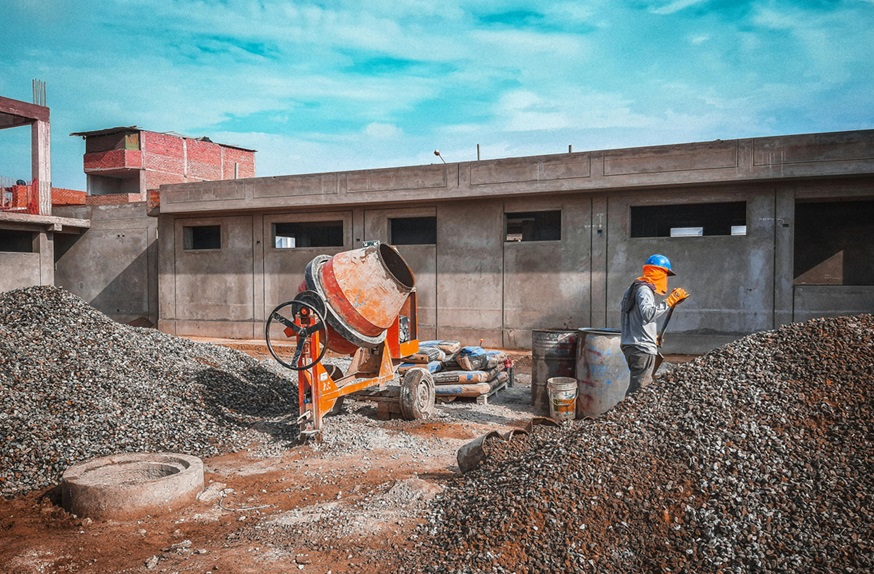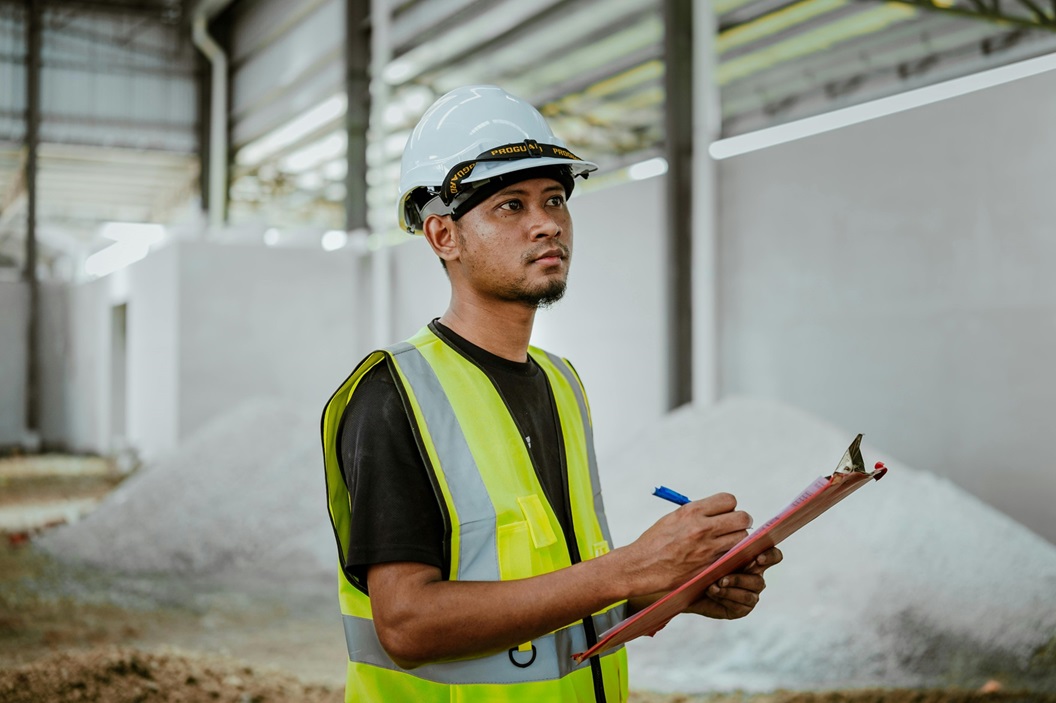Imagine investing time and money into a construction project only for things to go wrong and cause major setbacks. Many of these problems happen because of common mistakes that could have been avoided with better planning and strict compliance with building regulations. Mistakes like poor site preparation, hiring unqualified contractors or overlooking construction management best practices can weaken a building’s safety, durability, and efficiency.
In this article, we’ll highlight the most frequent construction pitfalls and provide practical solutions to ensure your project runs smoothly from start to finish.
Poor Site Preparation and Planning
A strong structure starts with a well-prepared site. In Tanzania, where soil types vary greatly, rushing through site preparation can lead to serious issues. Poor groundwork can cause unstable foundations, waterlogging, or even cracks in the walls over time.
Without proper site assessment, drainage problems can arise, especially in areas prone to heavy rains. Rainwater can accumulate around the foundation, weakening the structure and causing long-term damage.
To avoid these issues, construction management teams should always begin with a thorough site analysis. Conduct soil testing to determine whether the ground can support the intended structure and plan for proper drainage to prevent flooding. By taking the time to prepare the site correctly, you save yourself from costly repairs in the future and ensure a stable, durable building.
Using Low-Quality Materials
Cutting costs by using low-quality materials might seem like a smart way to save money at first, but it often leads to bigger problems down the road.
For example, using low-grade cement can result in weak concrete that cracks easily, while cheap steel reinforcements may corrode faster, reducing the overall strength of a building. Poor-quality roofing materials can also lead to leaks, mold growth, and frequent repairs—especially in coastal areas like Dar es Salaam, where humidity and salt air speed up wear and tear.
This is why it is always recommended to source materials from reputable suppliers and follow industry standards. Investing in high-quality materials from the start not only ensures safety and durability but also saves you from unnecessary renovations in the future.
Ignoring Safety Regulations
Construction sites are naturally risky environments, and overlooking safety measures can have serious consequences.
For instance, failing to provide helmets or gloves puts workers at risk of severe injuries, while ignoring proper scaffolding standards can result in dangerous collapses. Electrical hazards from exposed wiring or poor installations are also a major concern, particularly in urban areas with high-density construction.
In Tanzania, construction safety is regulated by OSHA Tanzania, alongside bodies like the National Construction Council (NCC) and the Contractors Registration Board (CRB), which enforce standards on protective gear, site hazards, and qualified contractors.
To ensure a safe work environment, contractors and site managers must strictly enforce safety regulations, equip workers with the necessary protective gear, and provide proper safety training. Routine inspections and clear emergency procedures further help maintain site security, minimizing accidents and ensuring smooth project progress.
Hiring Unqualified Contractors
Not all contractors have the skills and experience needed for quality construction. Hiring unqualified personnel can lead to poor workmanship, project delays, and unforeseen costs, often forcing property owners to spend more on repairs and modifications down the line. Some developers, in an attempt to cut costs, hire informal or unregistered builders, which increases the risk of structural failures.
As a client, always verify a contractor’s credentials through the Contractors Registration Board (CRB), which classifies contractors based on their experience and capacity.
Lack of Proper Communication in Project Execution
Construction projects require seamless coordination between architects, engineers, contractors, and suppliers. Miscommunication is among the common issues, often leading to costly mistakes, material wastage, and delays—especially in large-scale projects where multiple teams are involved. Poor documentation, unclear instructions, or failure to relay important updates can result in structures that don’t meet design specifications or safety standards.
To prevent this, a clear communication channel should be established from the very beginning, ensuring that all stakeholders stay informed, aligned, and accountable throughout the project.
With Technofix by your side, you can be confident that your construction project will be executed efficiently, safely, and to the highest standards. Our experienced team ensures that every detail is handled with precision and no mistakes are made. Contact us today to learn how we can help you build with precision and excellence.



